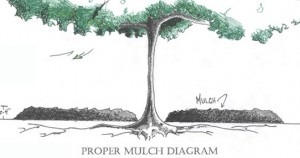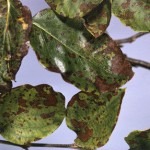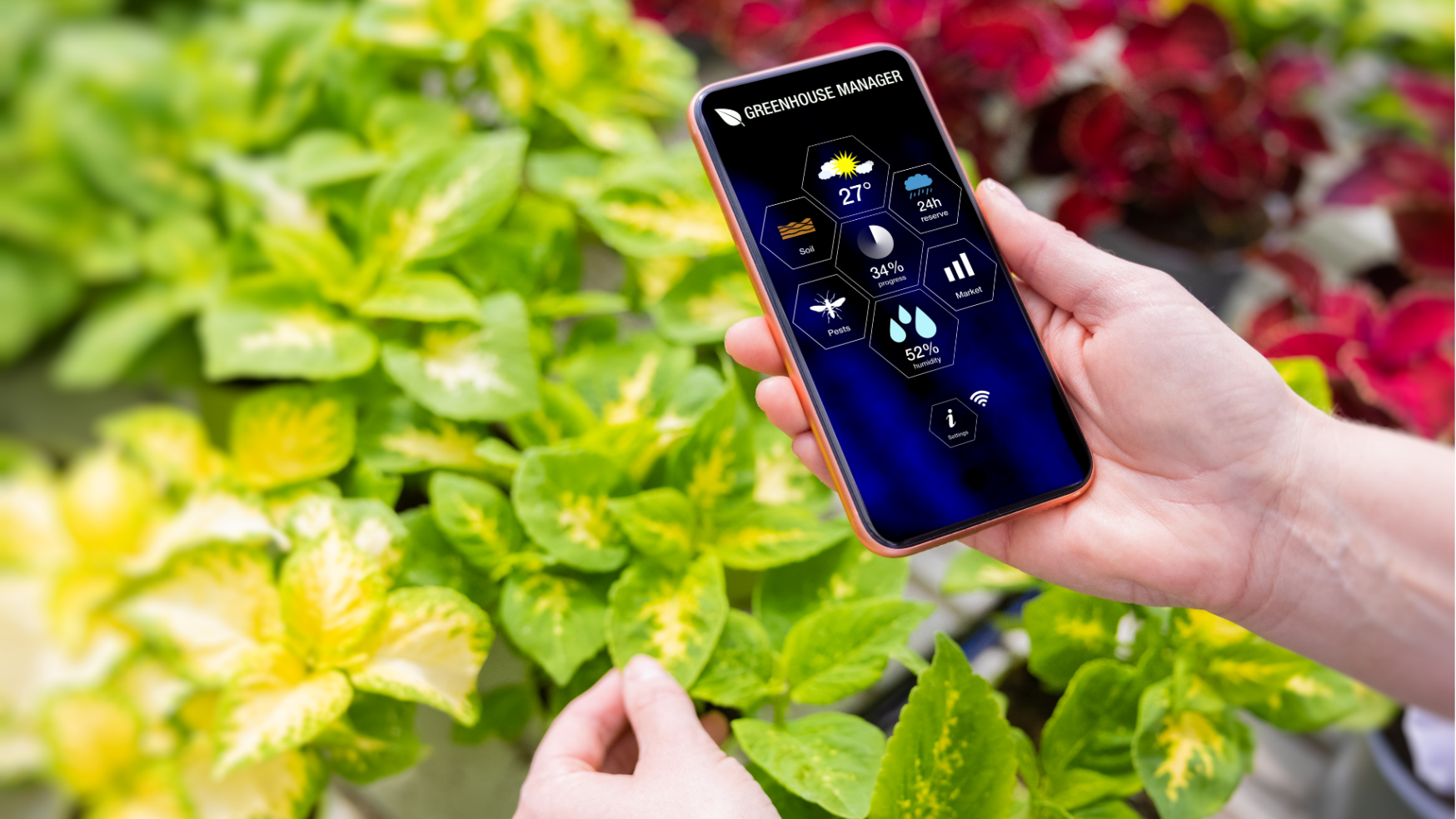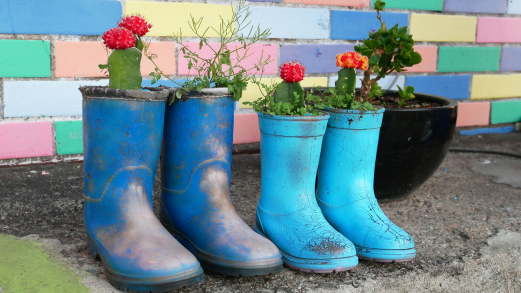When you take proper care of your trees, they will live long and healthy lives. Not only do trees provide a nice place to sit in the shade on a sunny day, but they’re also an essential part of our ecosystem, providing homes to animals, cleaning air, and keeping soil fertile. Follow these five tips to keep your trees in great condition to ensure that they remain healthy, and also to help save yourself from the fuss of tree removal down the road. It takes such little effort to take care of your trees, and they offer so much in return.
Don’t Park By Your Tree
This first tip is something that many people don’t realize. When you park a heavy vehicle near a tree, the soil will very gradually become more and more compacted. This process can take several years, but the end result is that the soil becomes much denser and in turn it is very difficult for water to penetrate the soil and to feed the tree’s roots. Also, as the ground becomes more compact near the tree, the roots will start to get squashed, which is very harmful for your tree. This doesn’t only apply to vehicles, but also for heavy machinery. If you’re having landscaping done, you may want to ask them to keep their machines away from your trees except when absolutely necessary.
Be Careful With Fertilisation
This one can be a bit tricky, you don’t want to over-fertilize your trees but you also don’t want to under fertilize either. It’s better to err on the side of caution when it comes to fertilizer. Mature trees don’t really need fertilizer, so if your tree is more than a couple of years old it should be able to sustain itself and to get all of the nutrients it needs right from the ground without the need for any additional fertilization. Younger trees may benefit from a modest amount of fertilizer, but make sure you don’t overdo it.
The Importance of Mulch
You should mulch around the base of your trees on a regular basis. Don’t worry; it only takes a few minutes. Not only does mulch help to keep moisture in the soil, but it will also keep weeds from thriving underneath your trees. You can use any number of different types of mulch, such as wood chips, dried autumn leaves, straw or even pine needles. Where should the mulch go?
 It should be placed around the tree, starting 20 – 50 mm from the tree trunk. Imagine it’s raining, and picture the circumference of the tree where the water would be landing. That’s approximately how far out the mulch should go. If you have a very large tree, try to have the mulch reaching at least 900 – 1200 mm from the base of the tree if you don’t want to cover the entire circumference because it’s too large. Your mulch only needs to be a 50 – 70 mm deep.
It should be placed around the tree, starting 20 – 50 mm from the tree trunk. Imagine it’s raining, and picture the circumference of the tree where the water would be landing. That’s approximately how far out the mulch should go. If you have a very large tree, try to have the mulch reaching at least 900 – 1200 mm from the base of the tree if you don’t want to cover the entire circumference because it’s too large. Your mulch only needs to be a 50 – 70 mm deep.
Be Mindful When You Water Your Trees
Different trees will need different amounts of water, but for the most part the rain will take care of that. When you’re planting trees, choose ones that are native to your location and are able to survive in that climate on their own. One simple trick to tell which trees can survive on their own is to visit a local forest or park, and see which trees are thriving in that climate. Some home owners make the mistake of installing a sprinkler system and over-watering their trees. Giving your trees too much water is, to put it in human-terms, drowning them and it ultimately will kill them.
Greywater can be a great source of sustainable water for grounds that tend to be dry. It can also be a good source of otherwise-wasted nutrients. Be aware of what your greywater consists of and you should be fine: bathwater, leftover cooking water, and laundry rinsing water are good; though washing machine and dishwashing water should be avoided until consulting a specialist over greywater treatment. Biodegradable detergents can go some way to make these sources viable options if necessary, however.
Be Aware Of Abnormalities
This is a great excuse to spend a few minutes admiring the beauty of your trees. Take a look at them up close. Do the leaves look healthy? Are there many dead twigs hanging off of your tree? It’s not too hard to tell the difference between a healthy tree and an unhealthy tree when you walk right up to it to take a look. If most of the leaves look like they’ve been eaten by insects, it could be a sign of infestation.
Likewise, any bulbous growths or discolouration in the bark and branches should be seen by an arborist as soon as possible. Think of the bark of your trees like the skin of a person, if it gets damaged it can easily become infected with disease, so also take care to stay away from your trees with lawnmowers or weed-whackers.

Remember that trees change dramatically from season to season however. Most trees are going to have the occasional dead twigs or unhealthy looking leaves here and there, but when they become overwhelming you can be pretty sure that something is wrong.
Final Thoughts On Keeping Your Trees Healthy
It can be easy to make mistakes when it comes to the health of your trees, for example too much water or fertilizer are both very harmful, but many people don’t realize you can overdo it with these two things. For the most part, however, common sense is all it takes. Hopefully these tips have been useful, and will help to ensure that your trees stay beautiful and strong for decades to come.
Article copyright to Johnny Peters, pictures to Brisbane Tree Experts
Related Articles:
Citizen Science: A Pathway to Gardening Success and Biodiversity Conservation
In recent years, the realm of science has experienced a remarkable transformation, one that invites people from all walks of life to participate…
A Sustainable Gardener’s Guide to Thrifty Gardening
Creating an eco-friendly and cost-effective garden involves more than just nurturing plants; it's about adopting a sustainable approach that…




